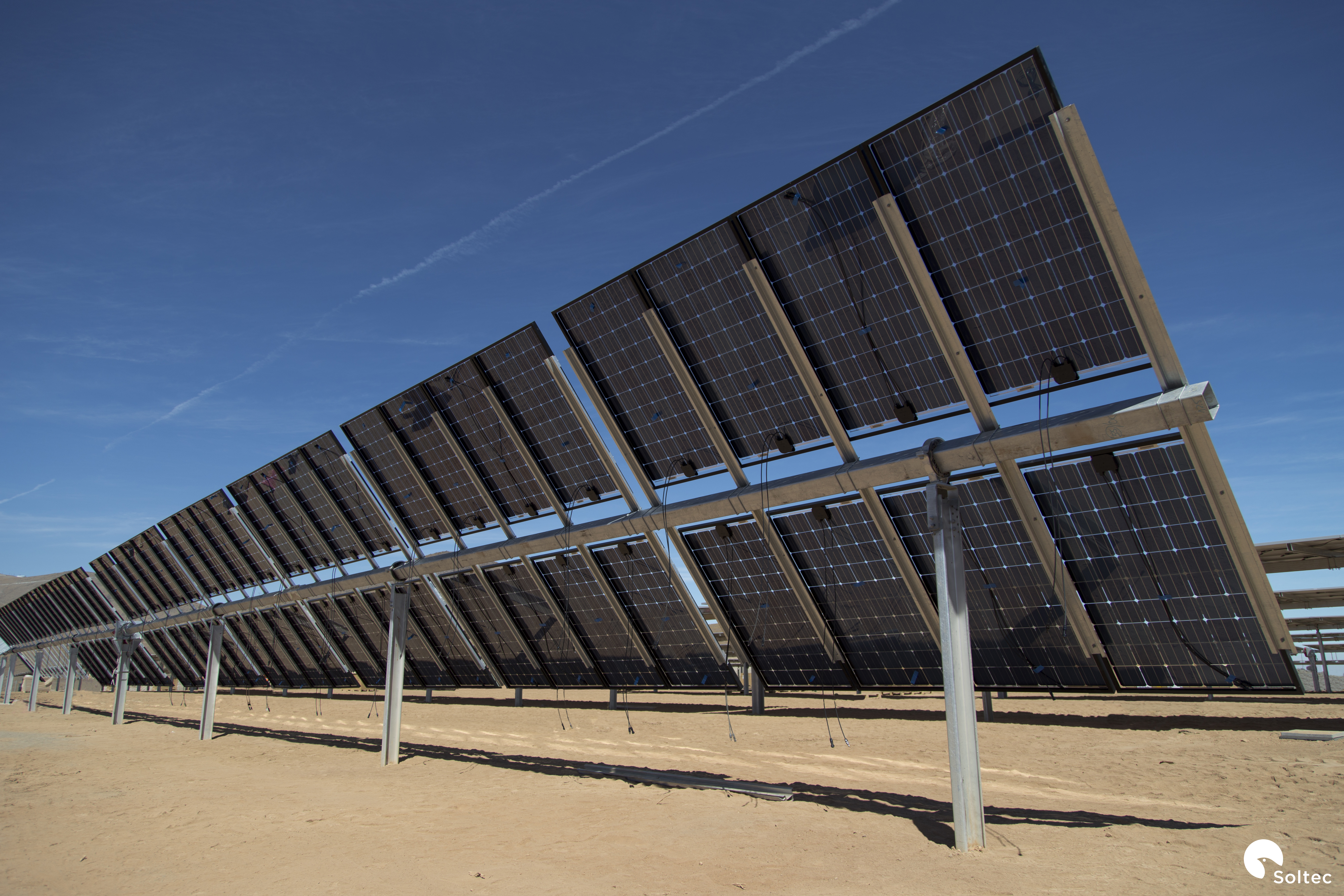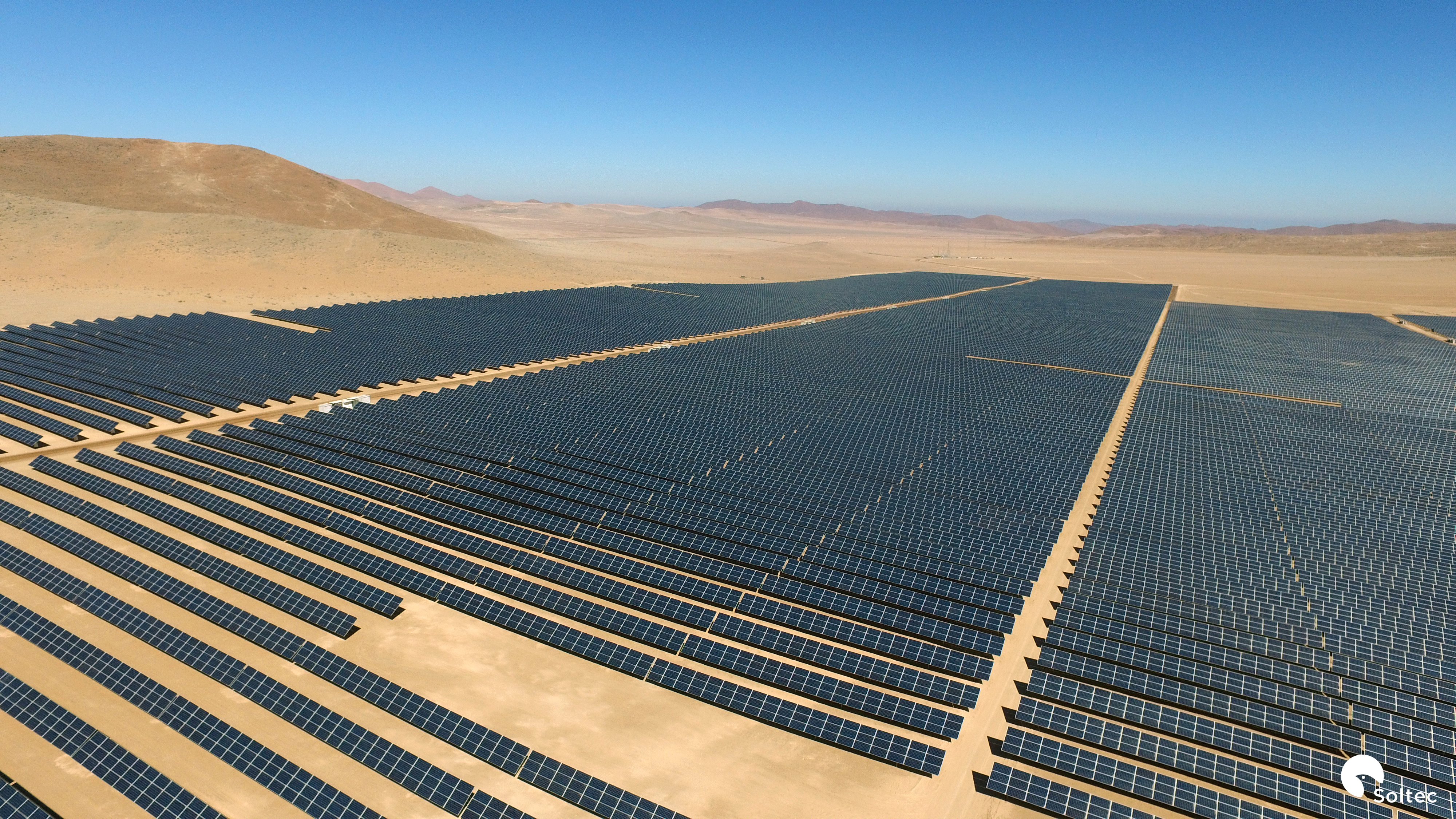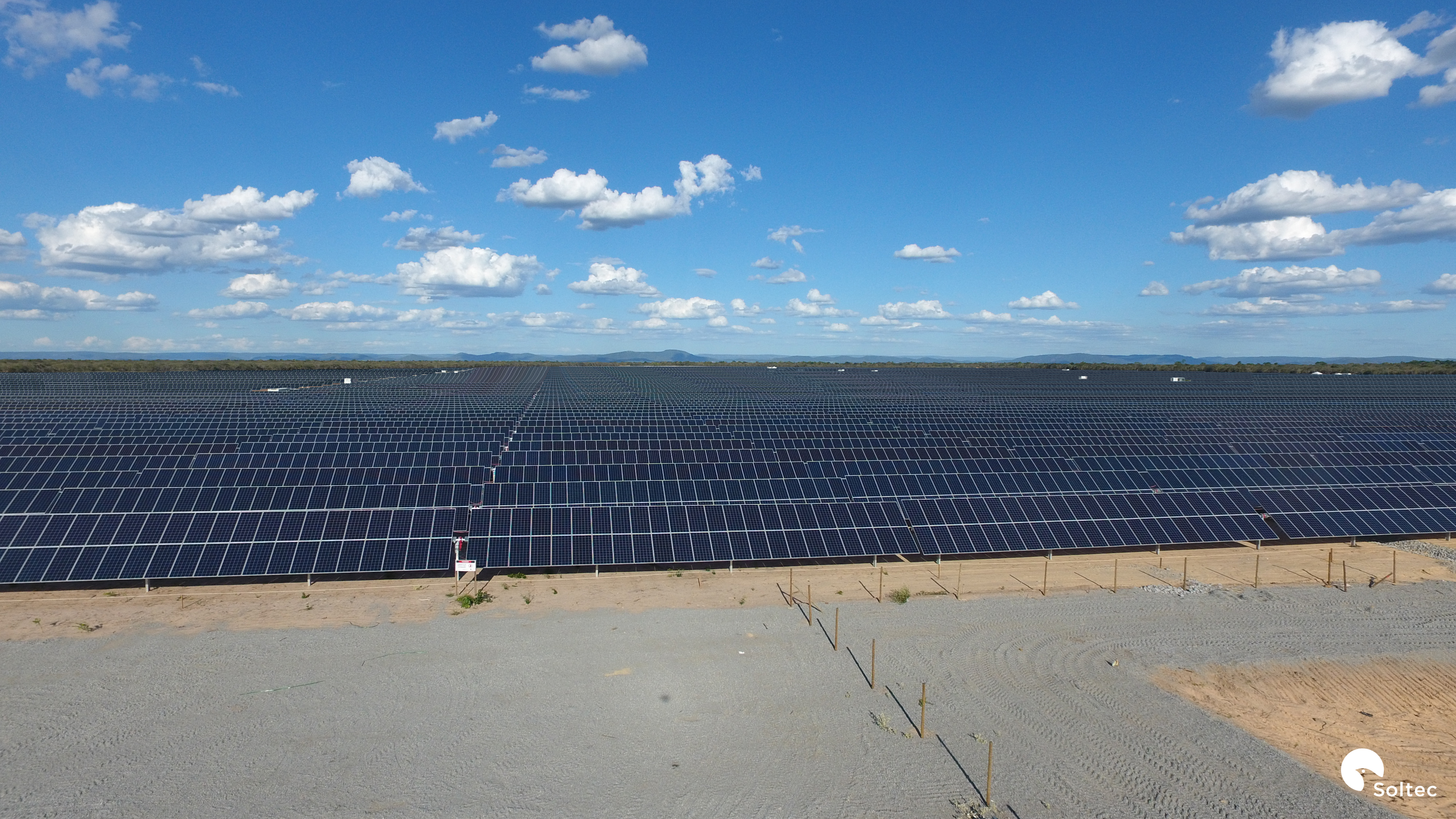How To Prepare for a Large-Scale PV Tracking Project
Large-scale PV tracking projects (>100 MW) are returning to the front in the USA, as the extended ITC reduction schedule deadline approaches. The challenges of these projects stem from economic and technical variables, but are also related to the tracker supplier's capacity, and reliability to deliver the volume and quality on time. ITC build out construction will likely be starting as late as possible, and timely deliveries will be expected as soon as possible.
 The preferred tracker supply company for large-scale customers is best prepared with a mature standard product, a reliable logistics system, appropriate supply capacity, and factory support for the customer. Moreover, they will demonstrate a company strategy to achieve high customer success, by focusing on both customer outcome and customer experience results.
The preferred tracker supply company for large-scale customers is best prepared with a mature standard product, a reliable logistics system, appropriate supply capacity, and factory support for the customer. Moreover, they will demonstrate a company strategy to achieve high customer success, by focusing on both customer outcome and customer experience results.
The mature standard product is, of generational evolution, sufficient in time and innovative scope to achieve a repeatable and cost-effective design proven to reduce costs, increase performance, and provide options in application that inherently solve customer project challenges, without special costs or disruptive surprises.
Bifacial PV tracking is a good example of this, since it especially leverages the bifacial early and late day performance characteristics. This application demonstrates product maturity by eliminating backside shading, while providing a higher mounting location (key to increasing bifacial performance). That maturity enables cost-effective innovation in place of special efforts that stray from project economics.
The bifacial tracking case is resolved simply by a standard feature of two-up portrait module mounting whereby backside shading by the torque-axis is effectively eliminated, and bifacial performance is increased by height of installation. This feature also enables a lowest piles-per-MW spec, short-tracker site-filling options, the highest rates of array washing and vegetation control (MW-per-vehicle pass), higher and drier motor location, and wider aisles.
Tracker product maturity is further demonstrated by closing the gaps in revenue stream, due to array-gaps on the tracker and site-gaps on the ground. Complete tracker module-fill accounts for up to a 5 percent greater yield potential than gapped-trackers. Steep-slope tolerant trackers tilting towards the sun can increase yield potential, and reduce earth grading costs, and environmental impacts, installing simply where others cannot.
All motorized trackers incur operational power demand. Self-powered trackers come in two types of autonomous PV power supplies: standalone, and series-string. The standalone PV module occupies viable PV active-area on the tracker, but will never contribute to yield. It will exhibit low-utilization due to overdesign, based on worst-day design criteria. The series-string type takes the minimum from yield stream to supply demand - the corresponding value is related to the yield selling price (as low as $0.03/kWh at auction) plus the LCOE of the power supply (with no costly special PV module to install). The series-string power supply leverages string availability, and tremendous array/load ratio for reliable and cost-effective operational power, and enables complete tracker module-fill.
Reliable logistics operations of large-scale supply require synchronization of the tracker suppliers global manufacturing and warehousing capacity, with regional operations and the customer project schedule. Local content may be required regionally, presenting the opportunity to tangibly improve local economies and increase customer success. Essential logistics elements that require factory direct management include: just in time arrival, minimal onsite handling, packaged for onsite distribution, and no intermediary handling companies.
Factory direct support of the customer is essential. To achieve customer success, the supply contract development and execution stages each require factory attention to project details. Large-scale PV tracking is a straightforward construction endeavor; the opportunity exists to leverage simplicity into a complex project environment. The preferred tracker supplier's team of factory experts will support the customer's development team to optimize the application. Also during construction, the customer's onsite A-team receives the measured dose of factory support in logistics, onsite handling, installation, and commissioning.
 When first evaluating candidate tracker suppliers, customers rely to some extent on external ranking studies, usually in terms of annual shipments (MW) and revenue ($). With time, customers have learned that typical ranking results may have an inherent bias of perception in favor of companies that ship partial tracker supplies that count equally with complete tracker shipments in the ranking. A preferred supplier will practice transparency and honesty in providing actionable data to customers. Very early in supply contract development, it will become clear how the price reflects the content - the sooner the customer gets that information, the better.
When first evaluating candidate tracker suppliers, customers rely to some extent on external ranking studies, usually in terms of annual shipments (MW) and revenue ($). With time, customers have learned that typical ranking results may have an inherent bias of perception in favor of companies that ship partial tracker supplies that count equally with complete tracker shipments in the ranking. A preferred supplier will practice transparency and honesty in providing actionable data to customers. Very early in supply contract development, it will become clear how the price reflects the content - the sooner the customer gets that information, the better.
Preparation for large-scale PV tracking challenges starts with a reliable tracker product and supplier that assume a project-partnership role, precisely focused on both scope and customer success. It's important to compare candidate suppliers, by measuring both product and company attributes against project needs. This cost-effectiveness evaluation will usually favor the standard product of a manufacturing supplier that has a history of innovation, appropriate manufacturing and supply capacity, and a demonstrated track record in large-scale PV tracking equipment supply.
 Tim Murphy is Communications Manager USA at Soltec America LLC
Tim Murphy is Communications Manager USA at Soltec America LLC
Soltec | www.soltec.com
Volume: 2017 September/October








.png?r=3986)



